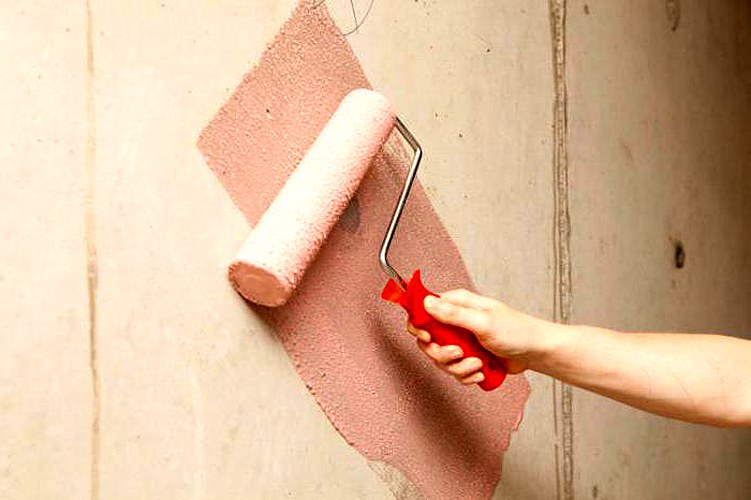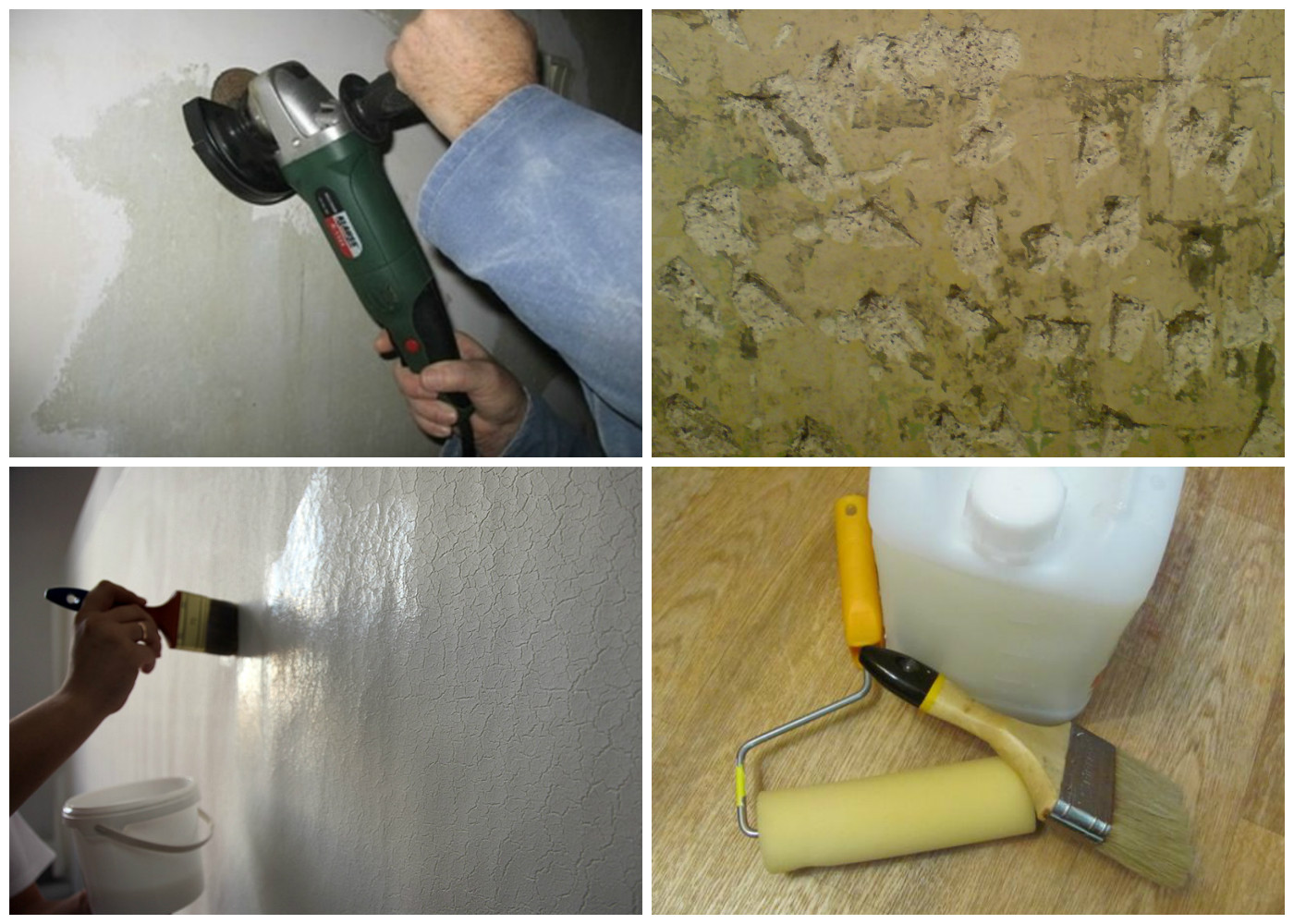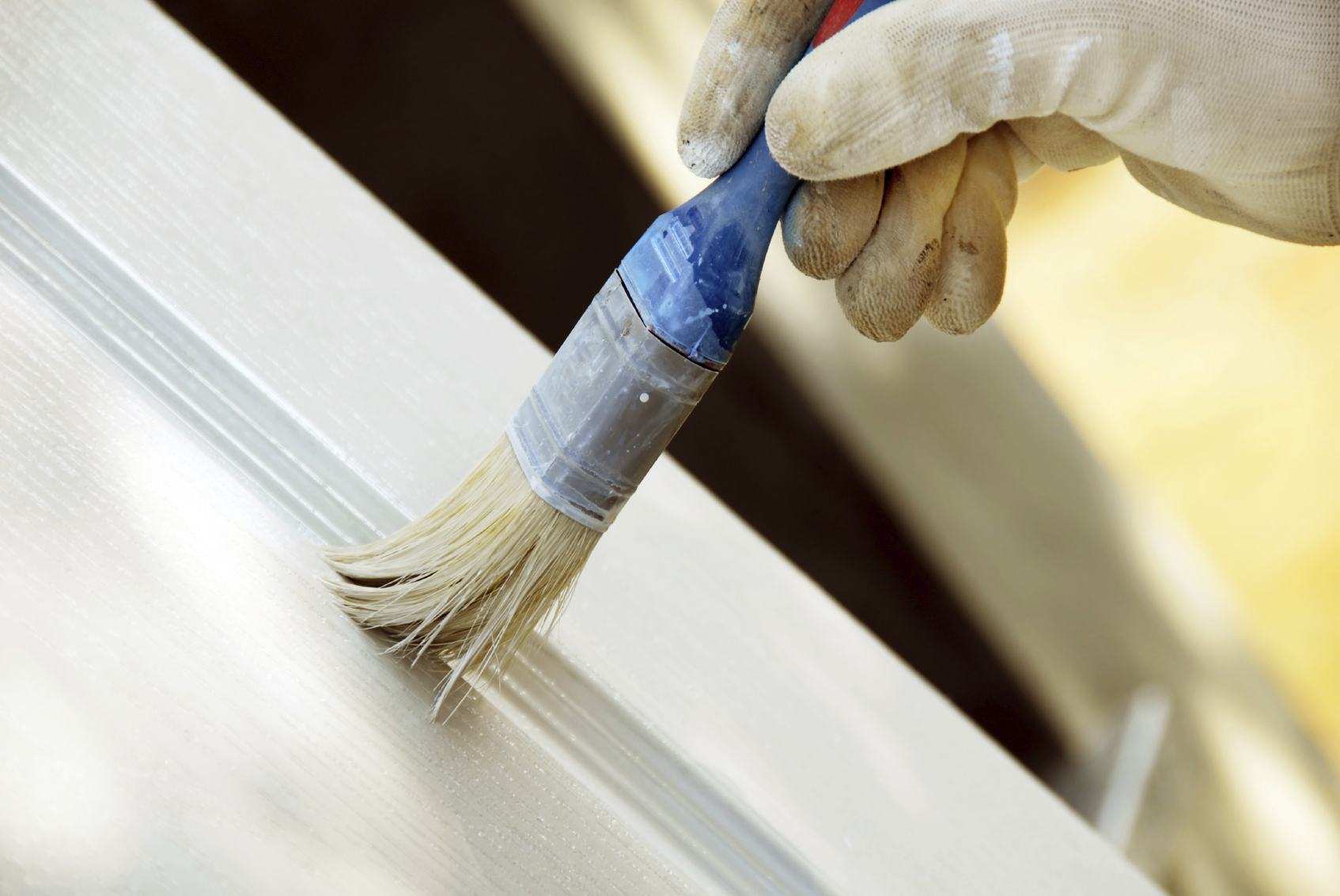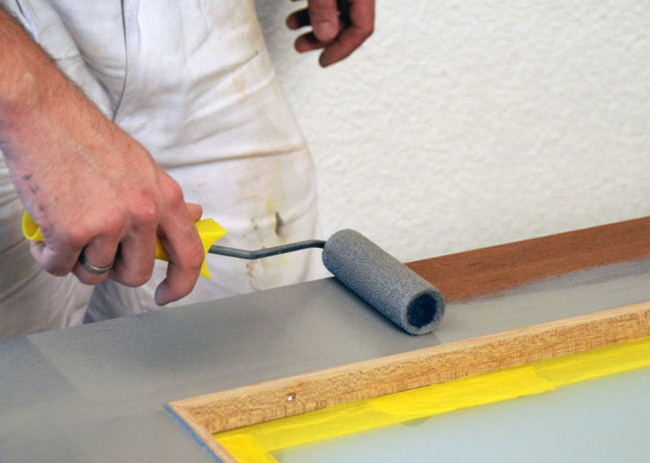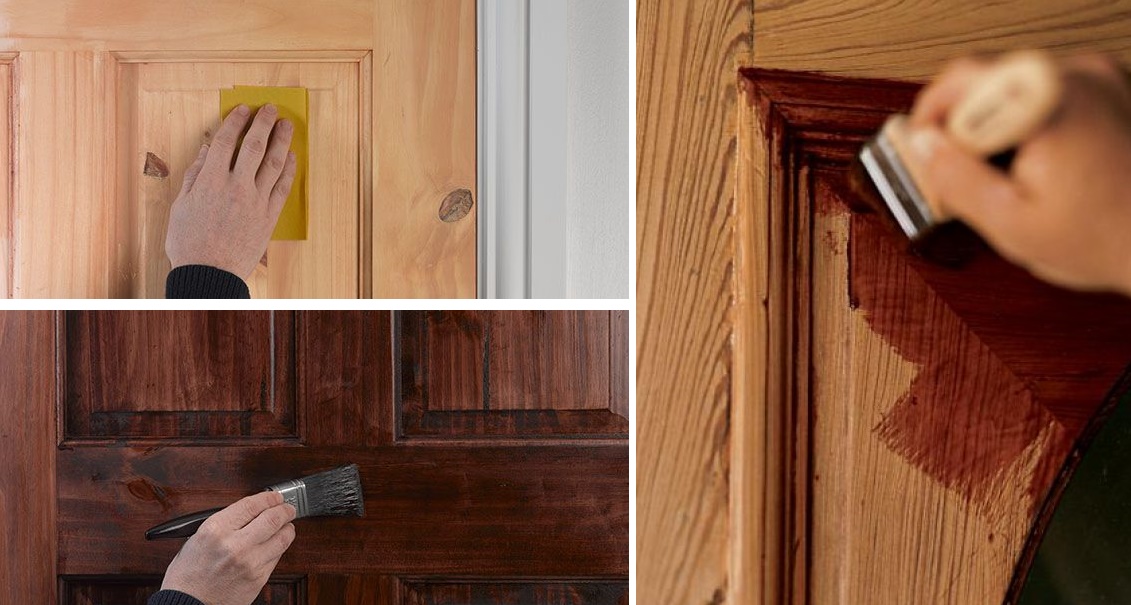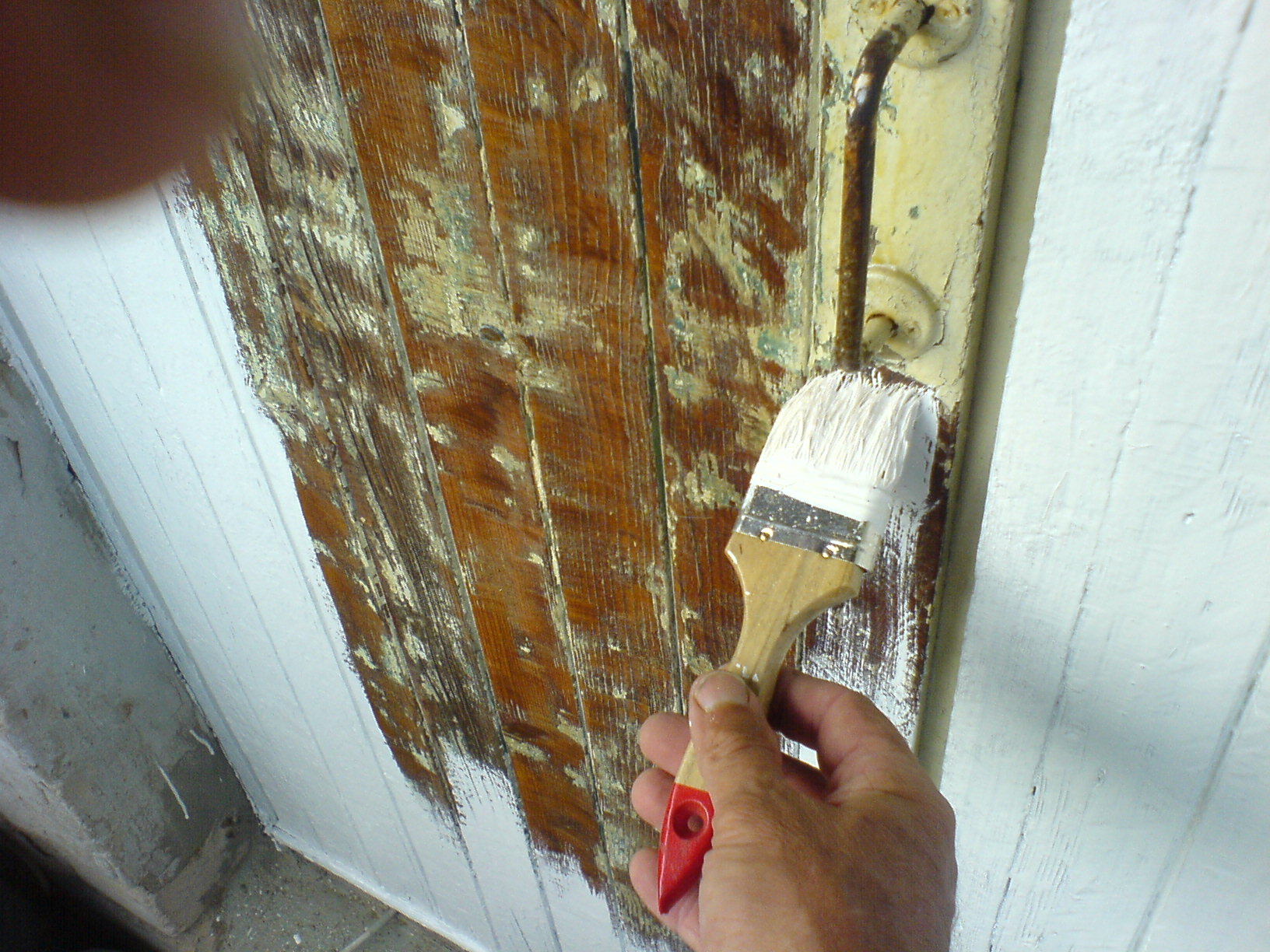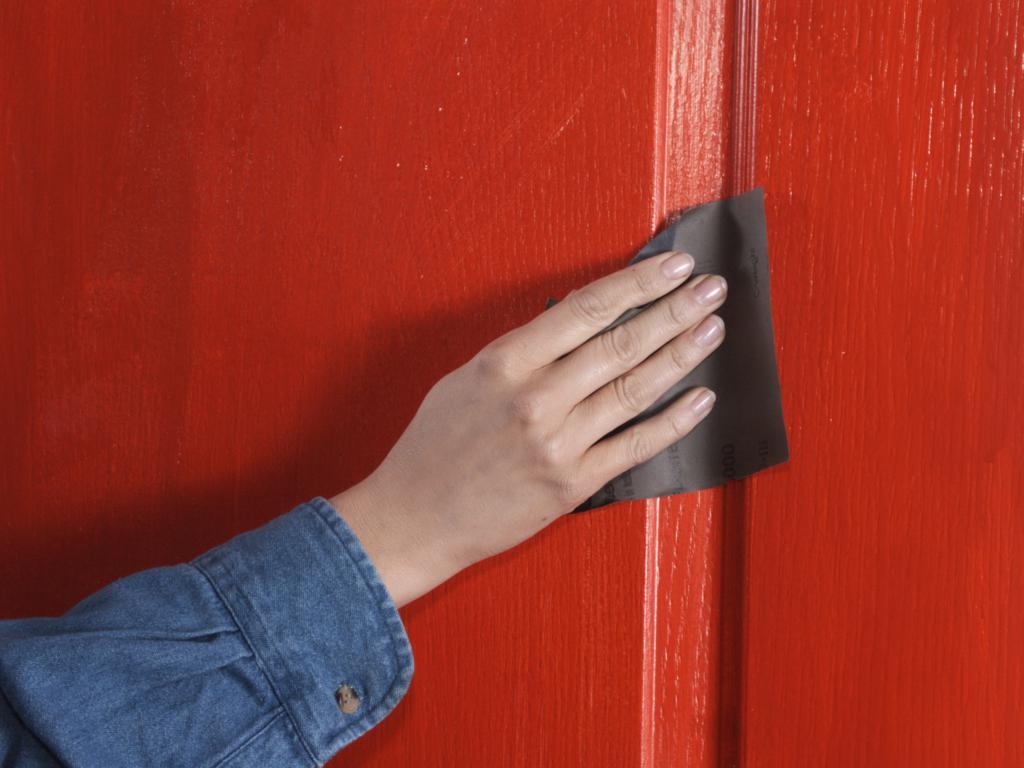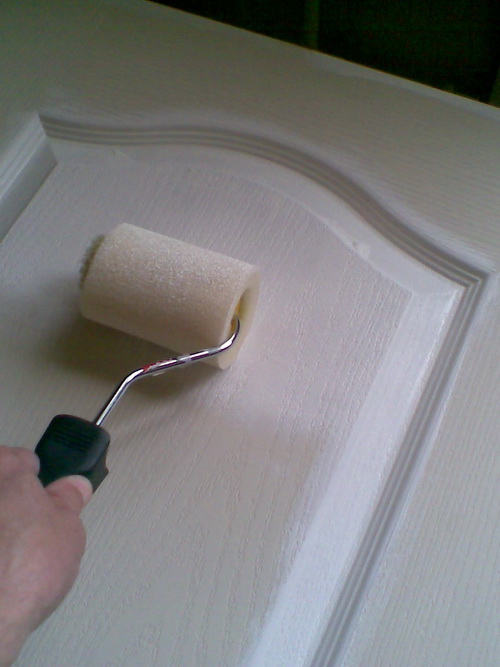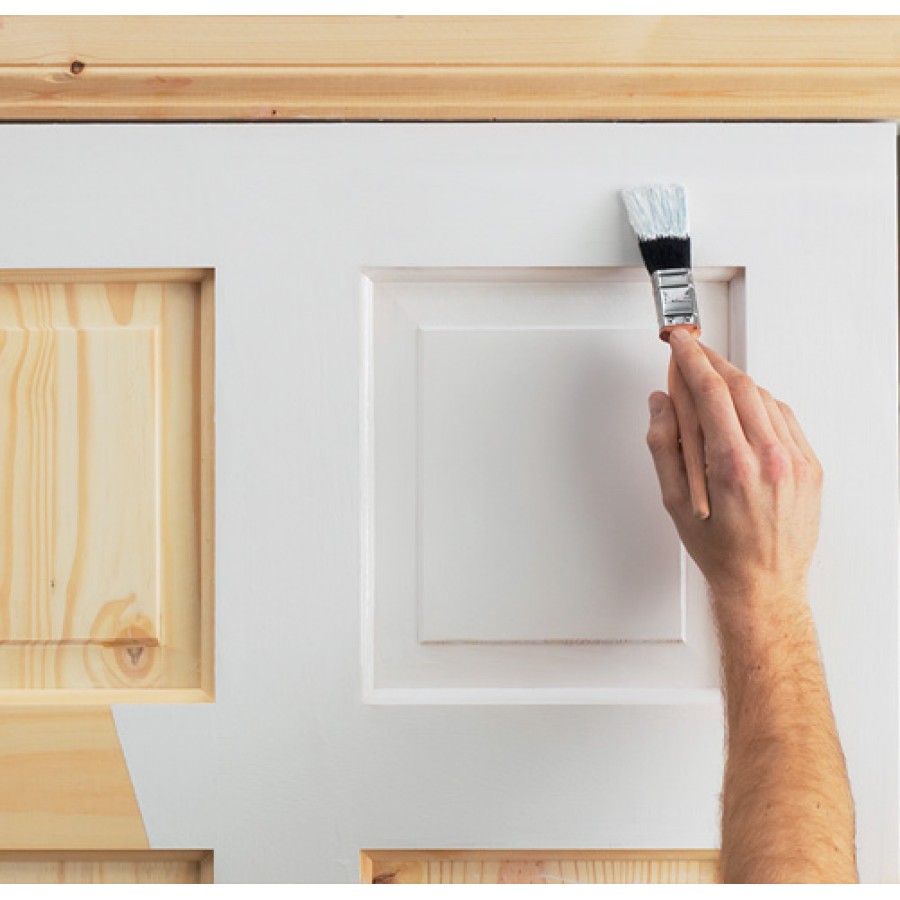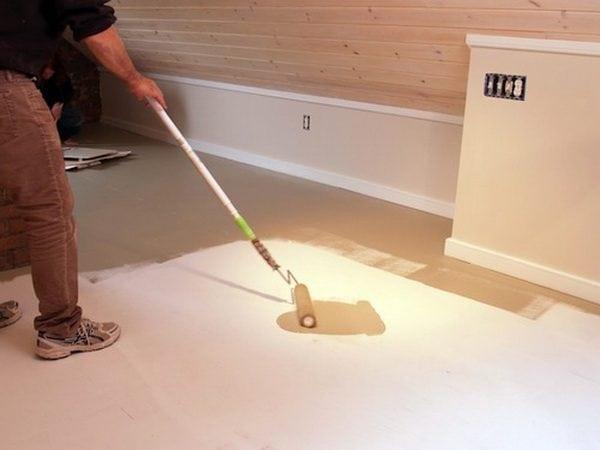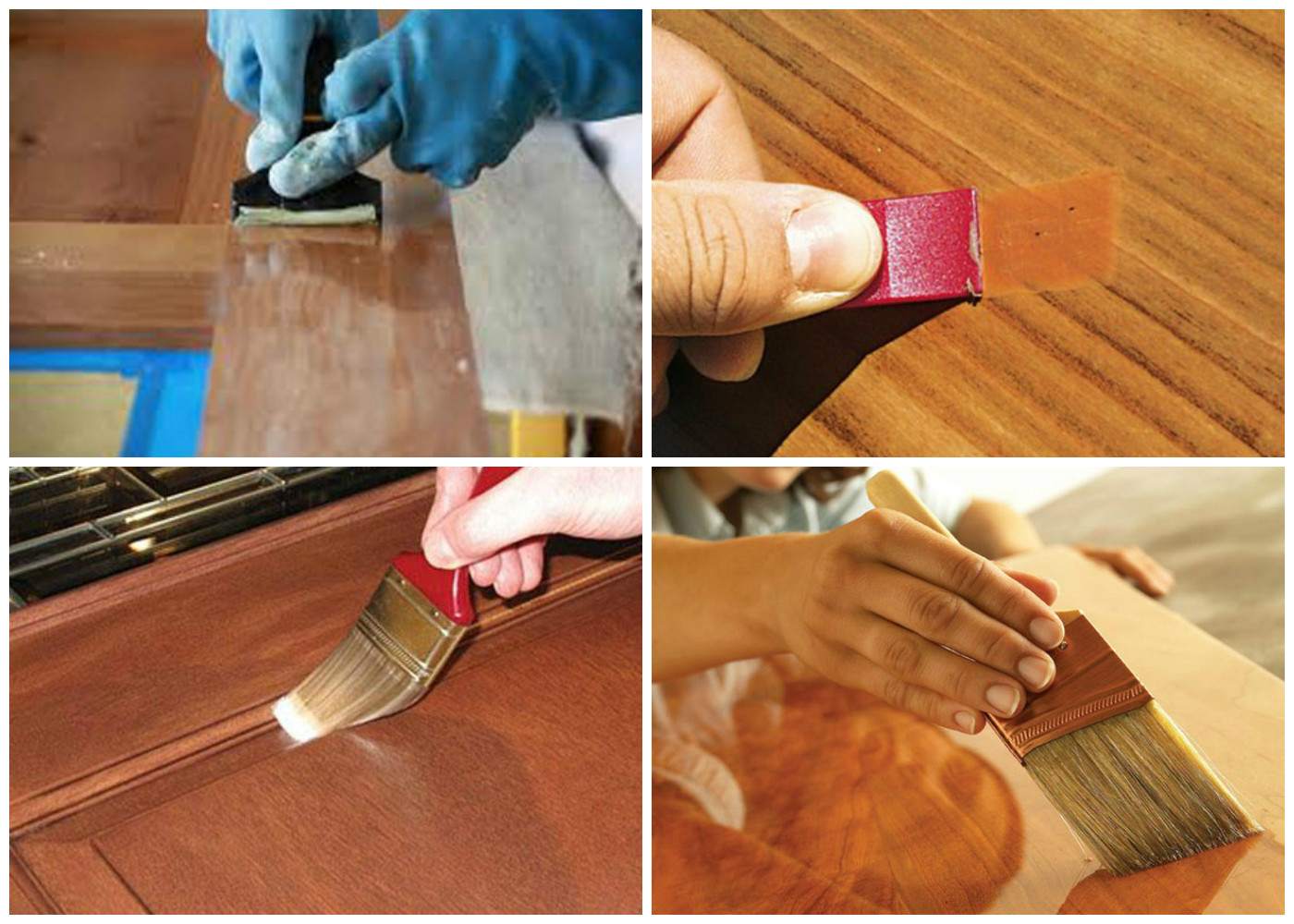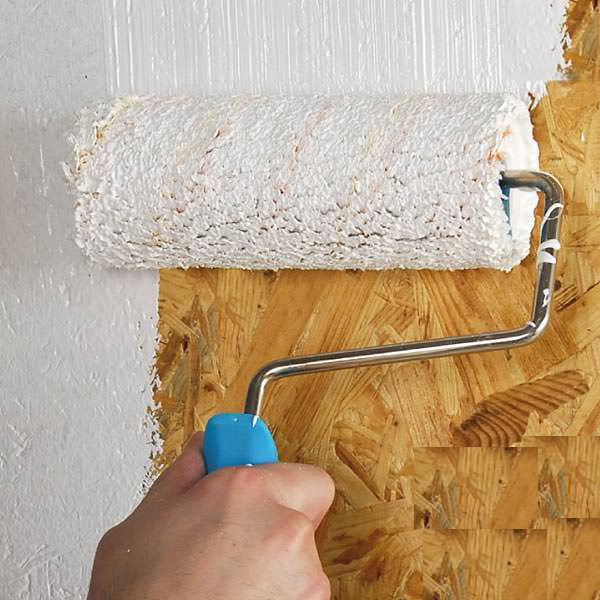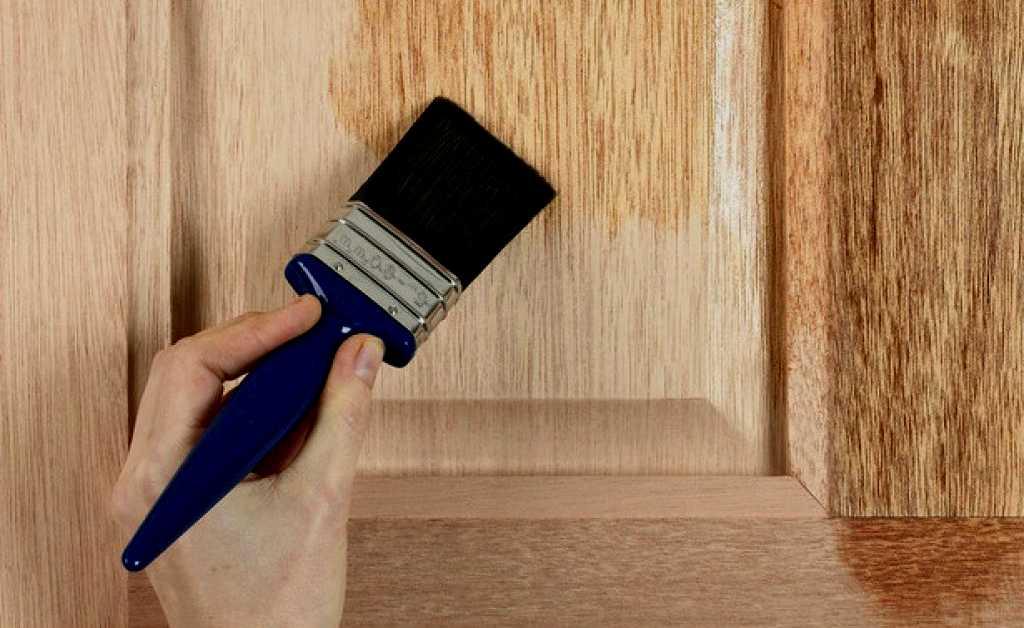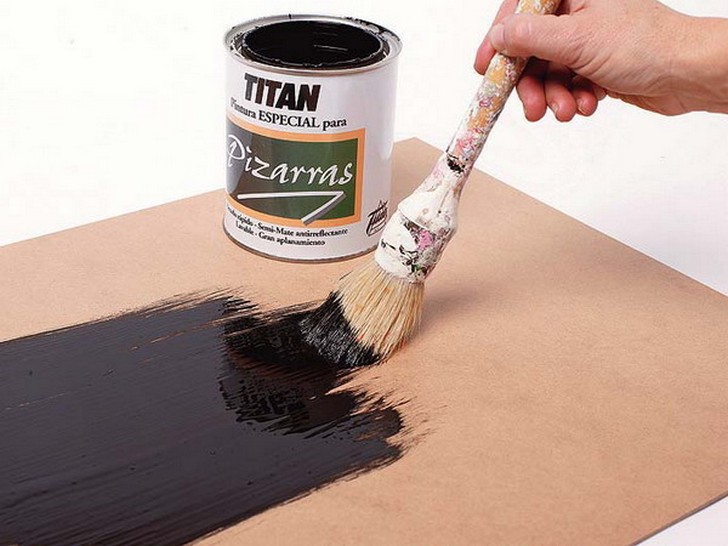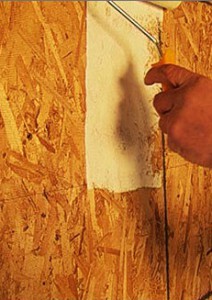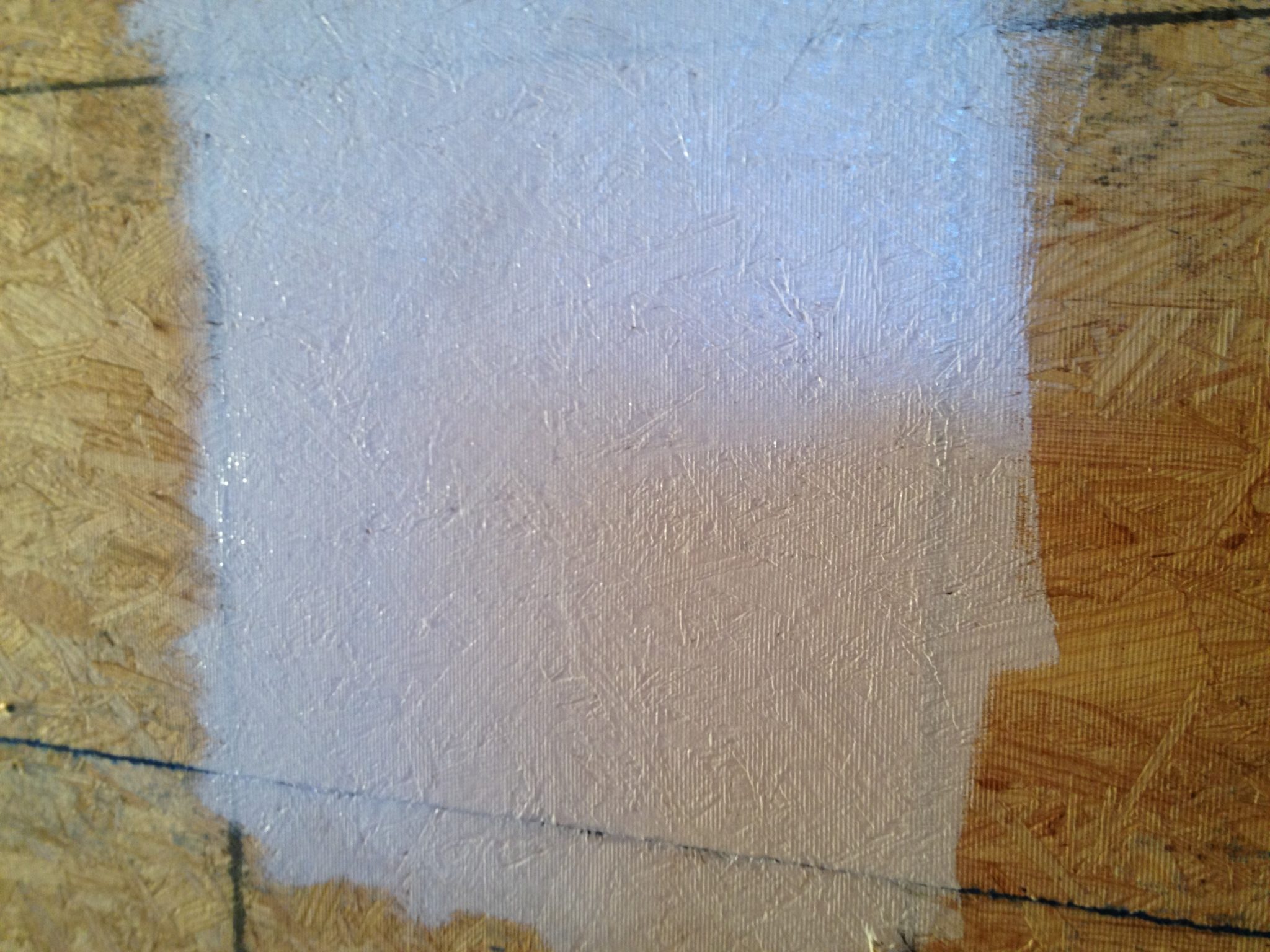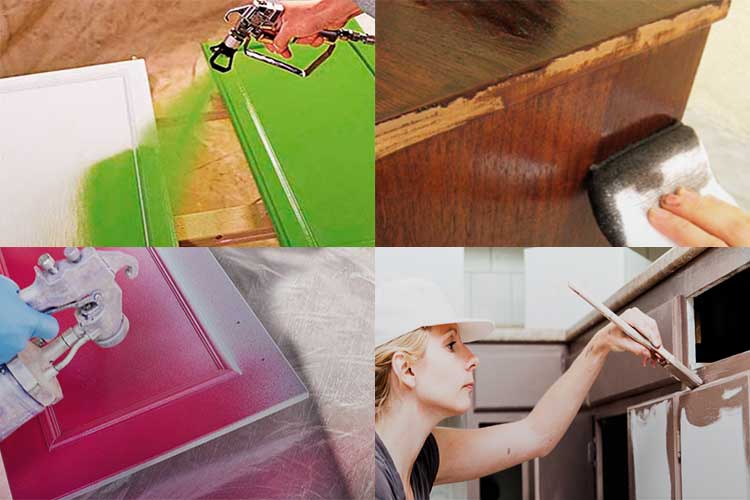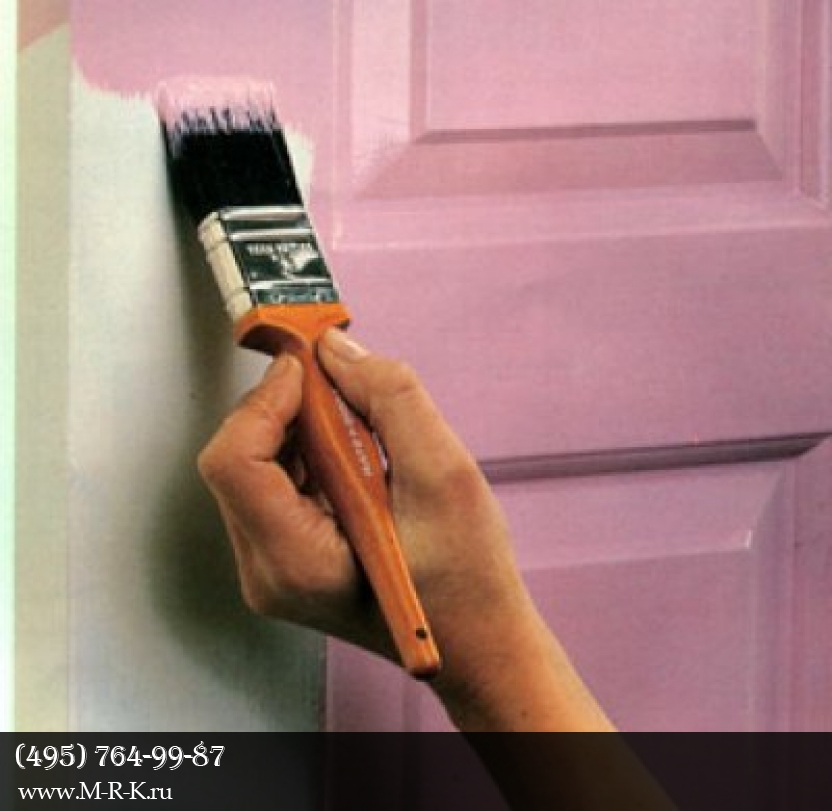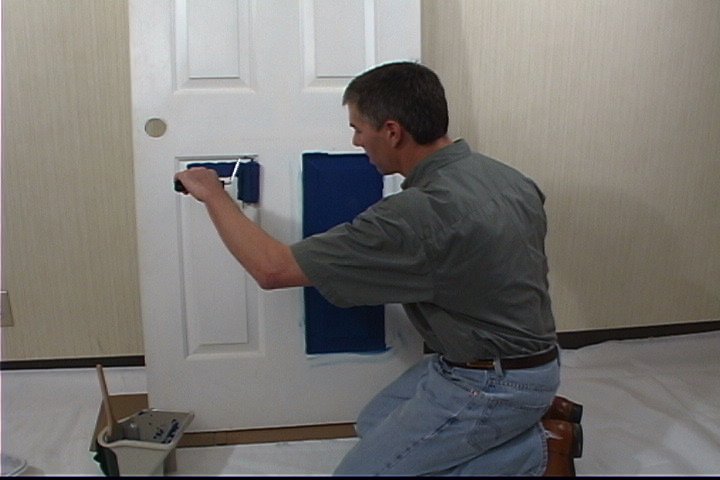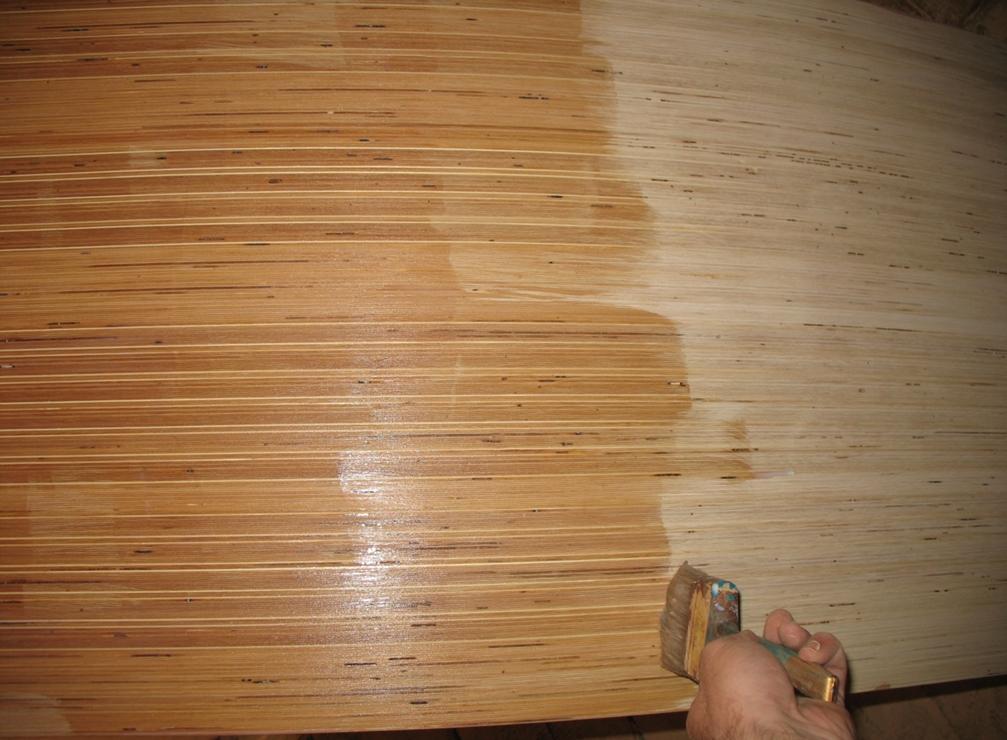Varieties of primer
Before painting the fiberboard, it is primed. Paint adheres better to the processed sheet and its consumption is reduced. Since the wood board has different surfaces for the front and back sides, different compositions are selected.
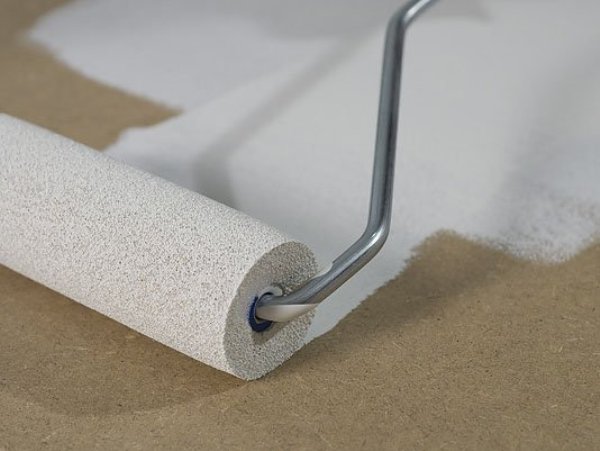
Primers are:
- The alkyd primer forms a protective layer on the surface of the board in the form of a matte film, on which the paint adheres well. The solution increases the service life of the material, does not contain toxic substances. It dries for 24 hours at a temperature of +20 C. The solution is used to process the front and inside of the sheet.
- Drying oil is a natural agent that penetrates deeply into the material, forms a dense glossy layer. The treated surface interacts well with oil paint. The drying oil protects the material from moisture penetration. Disadvantages of drying oil - it dries for a long time, has a specific smell, during operation the room must be well ventilated. Used for processing fiberboard on both sides.
- Water-based acrylic primer, odorless, as it does not contain toxic elements. Easy to apply to the surface with a roller, dries for three hours at room temperature. However, the product has an important drawback, the material strongly absorbs the water base. Apply an acrylic solution to the face of the slab.
- Acrylic latex based primer. The product contains fungicides and insecticides, substances that prevent the formation of fungus. An odorless acrylic latex primer, apply it to the sheet in one layer. The agent is used for priming on both sides of the panel.

What means do not go well with hardboard
Of the means that are used to treat wood fiber boards, acrylic primer has the worst performance. Because it is made on a water basis, and water is the main enemy of hardboard.
The front side of the slab is smooth, since the coating contains paraffin and rosin. The additives repel water and prevent it from saturating the material. To prime the products I use a deep penetrating acrylic primer.
The back surface of the sheet is porous and, in contrast to the front surface, therefore strongly absorbs moisture. To paint fiberboard without gaps, it must be primed several times, this leads to an overrun. Also, the processed sheets should dry under the press so that the wet sheet does not lose its shape.
The best indicators are to prepare the surface for painting with drying oil. The product provides good adhesion of the surface to the paint, protects the material from moisture ingress. It is easy to apply on a plane, the price of the product is not high.
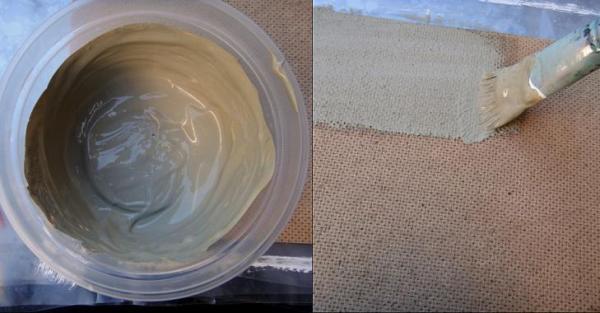
Choice of paint
Paint for fiberboard painting can be any: water-based; alkyd; oil; acrylic. If you want to paint your fiberboard floor, you can use the CT (super hard) paint, which is durable. For application on furniture facades or walls, it is recommended to use acrylic or water dispersion paints. When choosing a paint, carefully read its characteristics. Modern manufacturers indicate on the packaging all the necessary information about the methods of applying paint and about the average consumption when applied to various materials.
The choice of color for painting fiberboard completely depends on your taste preferences. The use of several types of paints and varnishes allows you to give the surface a spectacular look. For example, to make the surface look like a natural wood, we take a diluted bitumen varnish and apply it to the surface with a special brush, which gives the surface the required appearance. White enamel applied to the surface of the fiberboard imitates the appearance of plastic, and water-based paints will make the surface of the board matte.
Coating protection
Modern paints make it possible to form a sufficiently strong coating that is well protected from wiping and other mechanical deformations. Therefore, it is not necessary to protect the resulting coating with varnish. At the same time, applying a layer of varnish (or several layers) will not only enhance the reliability of the coating and extend its service life, but also give it a richer and more presentable look.
In conclusion, it should be noted that painting fiberboard products is not the only way to decorate them.
For example, you can get a reliable and, which is very important, water-repellent coating in the following way: ordinary paper wallpaper without embossing is glued onto the plates (carefully putty). After the wallpaper is completely dry, the surface is covered with several layers of parquet lacquer.
Such a floor will last a long time and will reliably protect the room from dampness. An additional advantage of this approach is a large scope for design solutions - the floor surface, due to the wallpaper pattern, will have a unique look.

